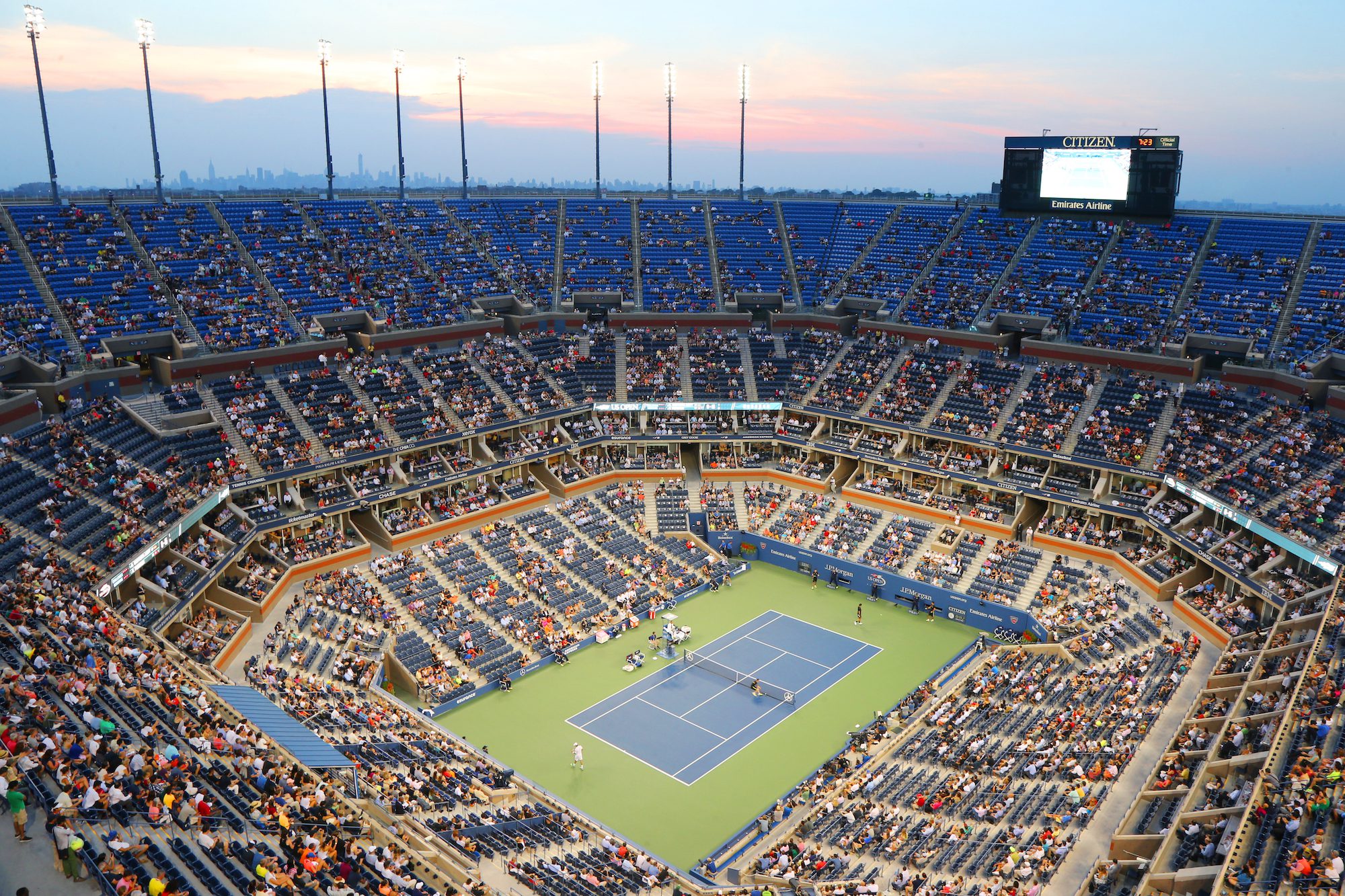PRIME TIME TENNIS in NYC: 2022 US Open Preview


At the end of a grueling summer that sees players transition from the red clay of Europe, to the lush grasses of Wimbledon, and finally to the North American hard courts – tennis professionals (and fans) descend upon New York for the fourth and final Grand Slam of the season. This year will mark the 45th time that the U.S. Open has been played on the hard courts of the USTA Billie Jean King National Tennis Center in Flushing Meadows, and the 142nd consecutive time that the tournament has been played in its history.
The Open brings with it significant implications for the final quarter of the season. Performances in New York can potentially shape rankings and confidence levels for players as they head into a long stretch of hard-court tournaments that closes out the year. Beyond what it does for individual participants, though, the U.S. Open has been the grounds of significant changes to professional tennis, while also significantly impacting tennis development in America.

The rules and regulations of professional tennis are made complicated by the relationship between the international governing bodies of tennis and the nations and organizations that host professional tournaments. Tournament organizers are bound by certain regulations given to them by the governing professional organizations (the ATP and WTA, in the case of the Grand Slams), but organizers still have the freedom to make a number of their own decisions in how to run their tournaments. As a result, many significant changes and innovations that have found their way into professional tennis have originated from individual tournaments.
The organizers of the U.S. Open have been particularly innovative, and several significant changes made at the Open have found their way into the sport at large. While it is still not standard across all professional tournaments, prize money for male and female competitors at the Grand Slam level is equal. The U.S. Open was the first of the four Slams to institute this practice, and it has done so since 1973.
Thirty-three years later in 2006, the U.S. Open was the grounds for significant technological changes, as it became the first of the Slams to implement the Hawk-Eye shot tracking system that had initially been developed for use in cricket. This system paved the way for the fully automated line-calling system that the U.S. Open (followed by many other hard-court ATP and WTA tournaments) utilized beginning in 2020. Tournament organizers saw fit to make a different innovation in 2018 as they added a “shot clock” that limited the amount of time between points. Shortly after its use in Flushing Meadows, the shot clock was adopted and is now used across all ATP and WTA events.

While the U.S. Open has been the site of important change for the global sport of tennis, the tournament is also incredibly important for tennis development in the U.S. For the fortnight that bookends Labor Day weekend, a large portion of America will turn its attention to tennis in New York.
The Open is also hugely important for American tennis because of the opportunity that it provides for the USTA’s many tennis initiatives. On one level, the Open offers a fundraising opportunity that supports many of the programs that operate all throughout the year. The Open also serves as a unique and very visible platform through which the USTA can execute some of its tennis and non-tennis related initiatives. Through its “Be Open” campaigns, the USTA has been seeking out ways to leverage its influence for the betterment of various marginalized communities.

One of the most exciting ways that the U.S. Open brings tennis to different communities is through their Fan Week, which will be making a very welcome return to this year’s tournament. Traditionally, access to the grounds the week of the qualifying draw for the Open is made free for fans. Various events and entertainment opportunities throughout the week allow fans from different communities to connect with tennis and each other in unique ways.
For the first time since 2019, US Open Fan Week will be making its return, and from August 23rd through the 28th, fans in New York will be able to access the excitement in Flushing Meadows for free. During this week, look out for events and entertainment that tie into various “Be Open” programs, as the USTA continues to look for ways that it can have a positive impact on marginalized communities.
EXPERIENCE CLIFF DRYSDALE TENNIS’S U.S. OPEN TENNIS CAMP

Join Cliff Drysdale Tennis for an exclusive U.S. Open Experience this Labor Day Weekend. This thoughtfully designed camp includes a curated itinerary perfect for any tennis enthusiast looking to experience the year’s final Grand Slam like never before!
Guests will receive luxurious accommodations for four nights at Omni Berkshire Place in the heart of Manhattan, conveniently located between Madison and 5th Avenue. The weekend will kick off with a welcome Happy Hour so guests can meet each other and the CDT coaches for the camp.
Each morning, players will participate in group clinics led by CDT’s top coaches from across the country at the Roosevelt Island Racquet Club. Enjoy chauffeured transportation to the tournament with Loge seats on Arthur Ashe Stadium and Overlook Suite tickets for three days, the latter of which is guaranteed to deliver a distinct, upscale viewing experience.
Inside the Overlook Suite, guests will have exclusive access to a rooftop lounge, air-conditioned dining for a chef-curated buffet and multiple bars at your disposal.
Visit experiencecdt.com/usopentenniscamp today to reserve your CDT experience at the biggest tournament in the U.S.
